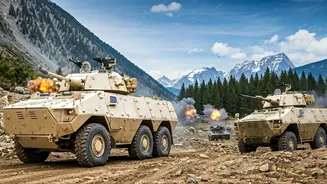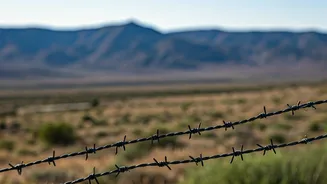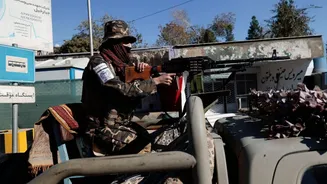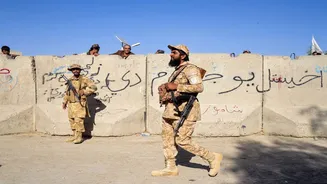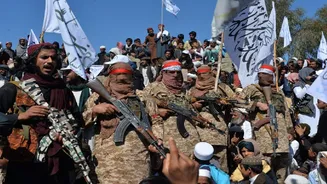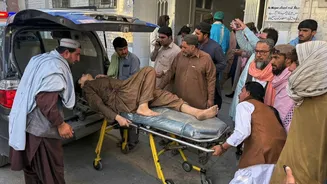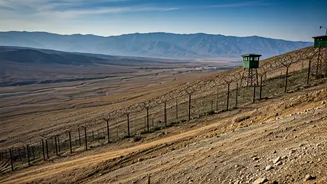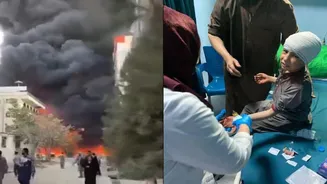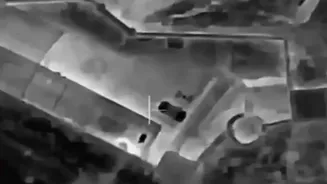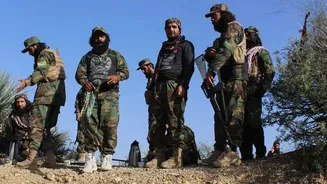Clash: An Overview
Recent developments reveal a concerning situation unfolding along the Durand Line, where Pakistani forces and the Taliban are engaged in a significant
armed conflict. The intensity of the clashes is underscored by the reported use of heavy weaponry, suggesting a serious escalation of tensions. This border, which acts as a crucial boundary, is now a site of intense fighting. Both sides appear to be digging in, making the situation precarious. The conflict has the potential to destabilize the region further. It's a key point that requires a close examination of the historical context, the stakes involved, and the implications for the future. The events are unfolding and require careful observation.
Historical Context
To fully comprehend the current clashes, it is important to understand the historical background of the Durand Line. This boundary, established in the late 19th century, has long been a source of contention between Afghanistan and Pakistan. The Durand Line divided the Pashtun territories, splitting communities and creating complex ethnic and political dynamics. Afghanistan has never fully recognized the legitimacy of the Durand Line, viewing it as a product of British colonial influence. This unresolved border dispute has consistently contributed to tensions, with both sides frequently accusing each other of harboring militants and violating territorial integrity. Understanding this history is crucial in grasping the current conflict's core issues and drivers.
Key Players Involved
The main participants in this border conflict are, on one side, the Pakistani military, and on the other, the Taliban, now the ruling power in Afghanistan. The Pakistani military's involvement is rooted in its desire to secure its western border, prevent cross-border terrorism, and maintain influence in the region. The Taliban, which has a complex relationship with Pakistan, is driven by various factors, including its own security concerns, claims over disputed territories, and possibly the assertion of its authority. The interactions between these players are complex, influenced by a blend of political, strategic, and ideological factors, all contributing to the escalating tensions. These elements create an intricate web of competing interests and objectives.
Weapons and Tactics
Reports indicate the deployment of heavy weaponry in the clashes, which signifies a significant escalation in the level of conflict. Both sides are employing various weapons systems, including artillery, mortars, and potentially even more advanced military equipment. The use of heavy weaponry suggests the fighting is more than just skirmishes; it represents more serious engagements. The strategic deployment and use of these weapons indicate the strategic importance of this border region to both Pakistan and the Taliban. Analyzing these tactics provides crucial insights into the nature of the clashes and the potential for a prolonged conflict. It also implies that both sides are preparing for a long and drawn-out engagement.
Regional Implications
The ongoing clashes along the Durand Line have far-reaching implications for regional stability. The intensification of the conflict could destabilize the border areas, causing displacement, human rights concerns, and humanitarian crises. Further, the situation is likely to exacerbate existing tensions between Pakistan and Afghanistan, hindering any efforts to enhance bilateral cooperation. Other regional powers might get involved in this scenario. The conflict also risks becoming a proxy war, with external actors potentially backing different sides, which would further complicate the situation. The regional implications need thorough observation because of the potential for a broader conflict and increased instability across the area.
Possible Future Scenarios
Several future scenarios could arise from this ongoing conflict. The most immediate could involve an escalation of violence, with increased clashes and casualties. Another possibility is a prolonged period of low-intensity conflict, with both sides engaged in intermittent fighting and attempts to assert control. Furthermore, there could be diplomatic efforts aimed at de-escalation, but such initiatives are challenged by the underlying distrust and unresolved issues. The situation may evolve into a full-blown war between both countries. It is crucial to monitor developments closely and consider the potential implications of various scenarios to effectively manage and mitigate the risks associated with this complex border conflict.
